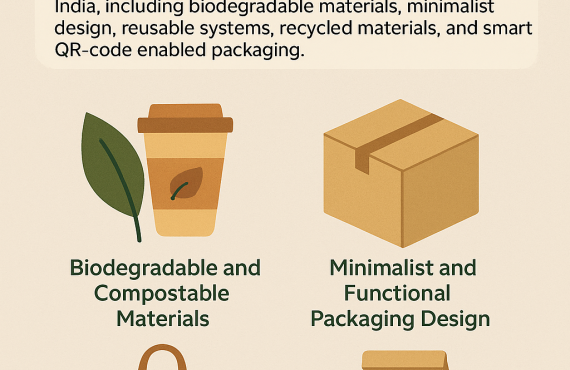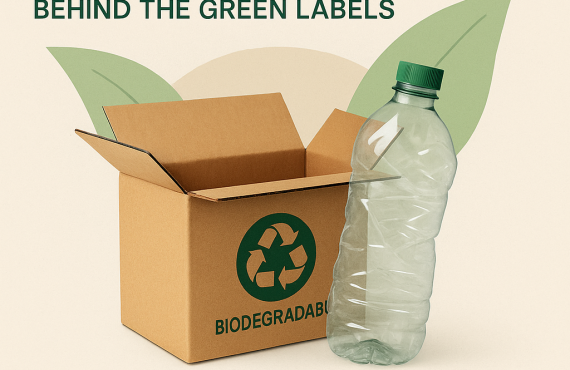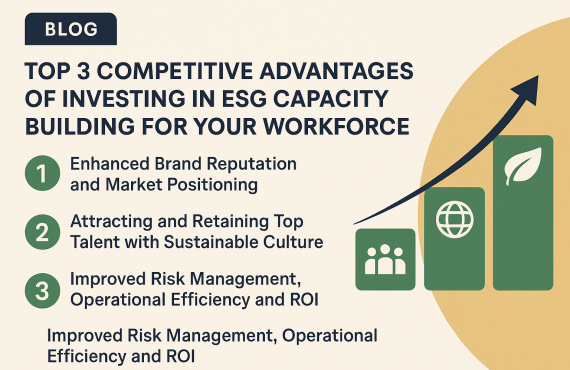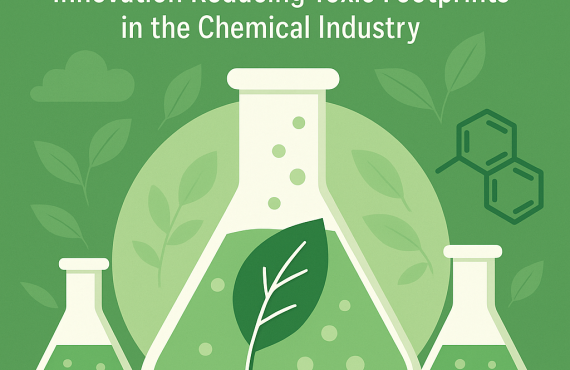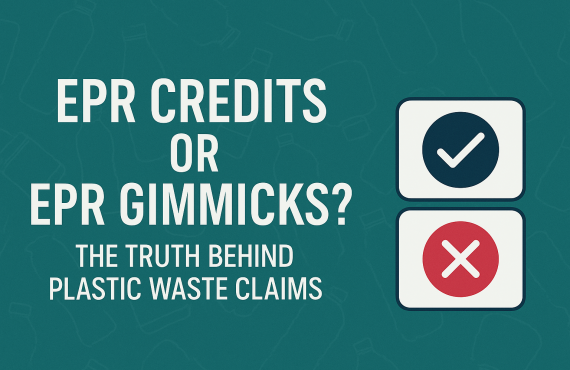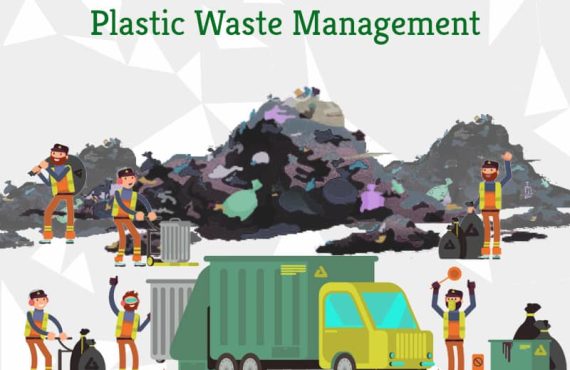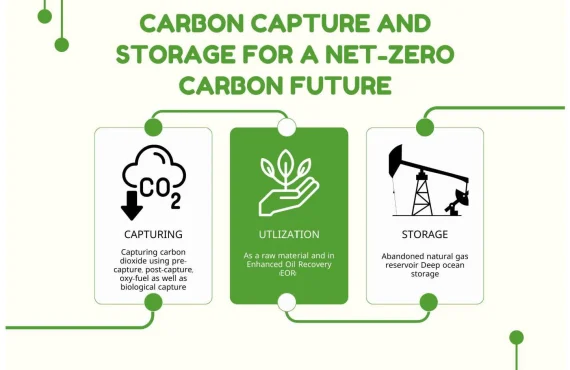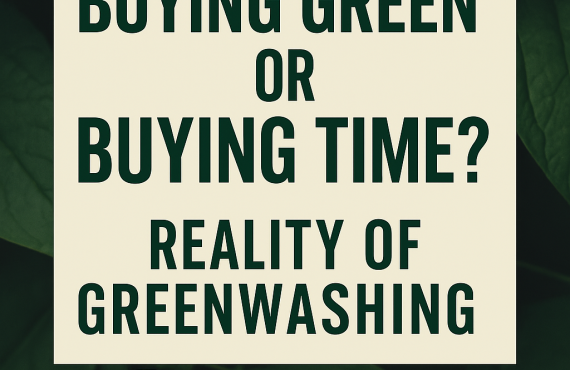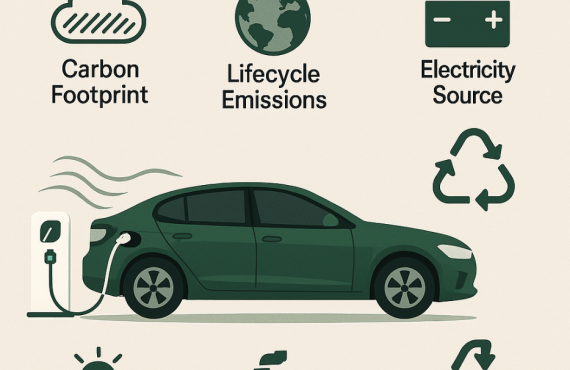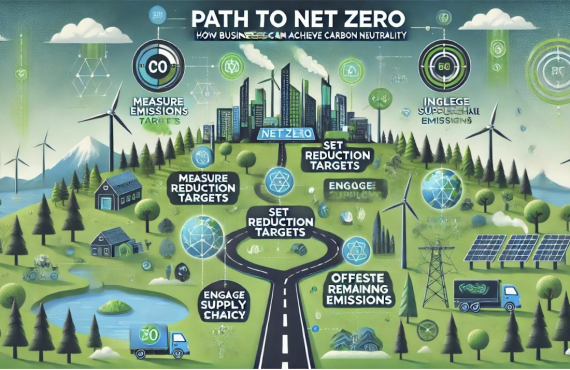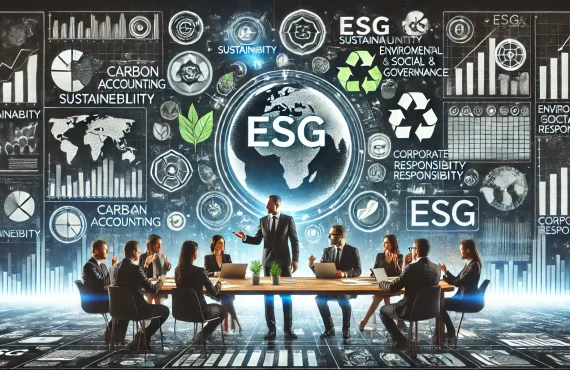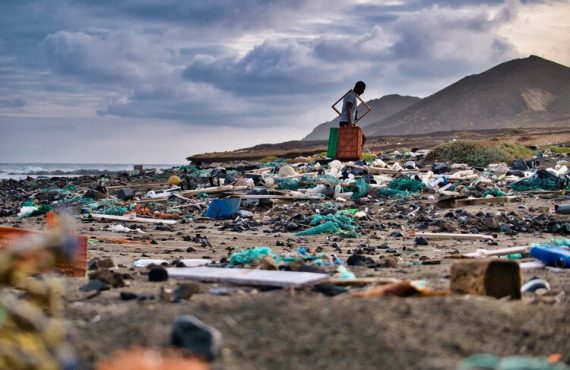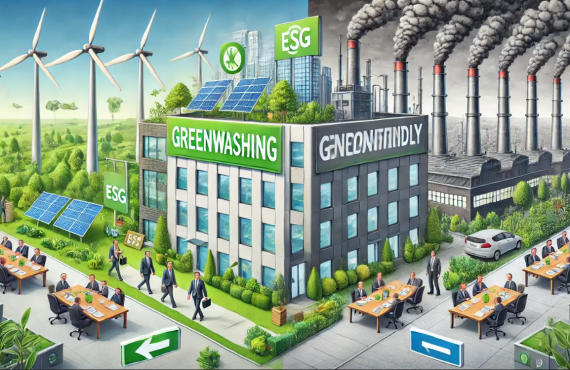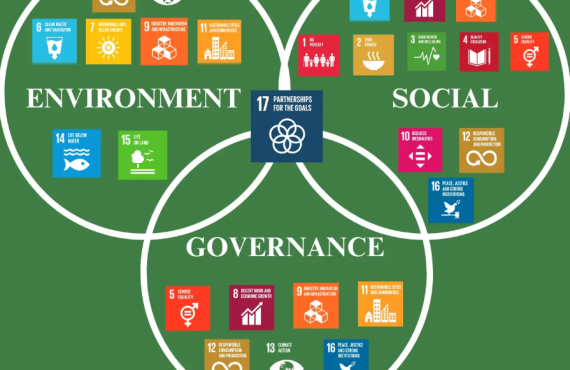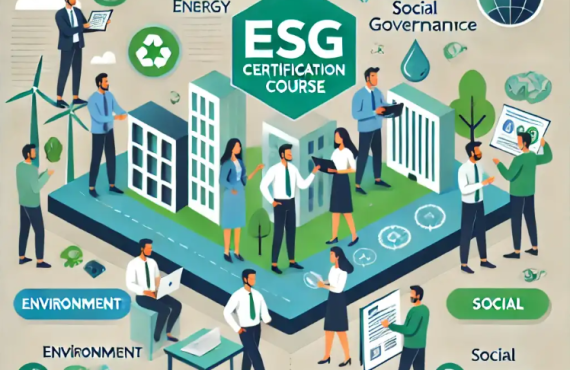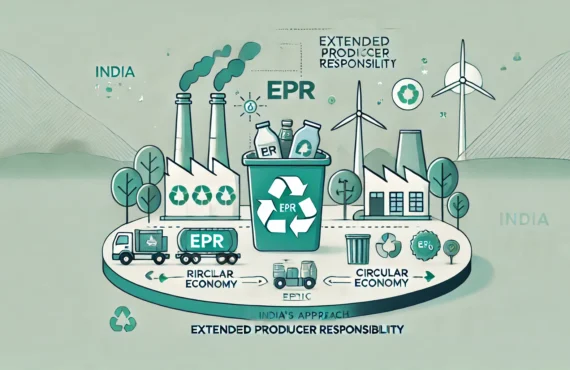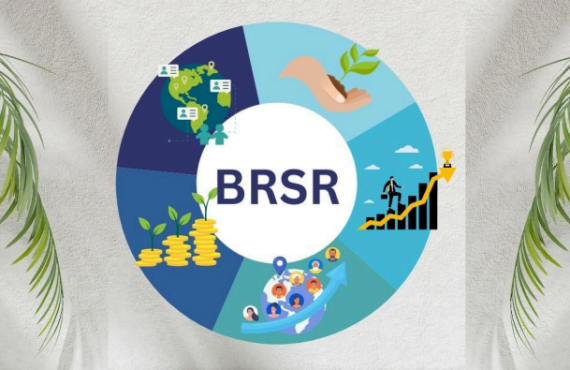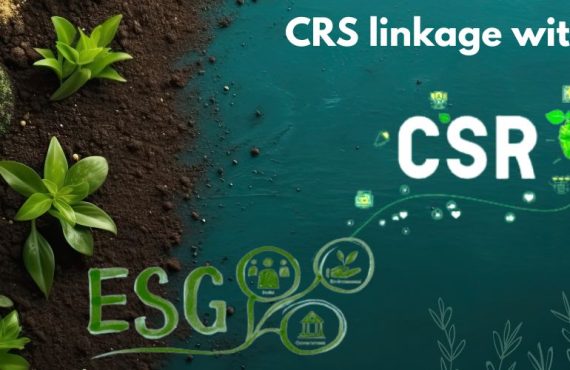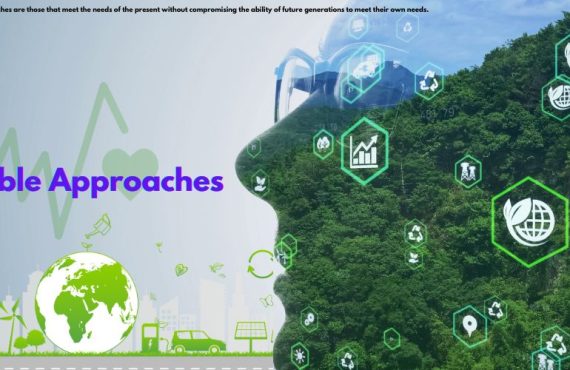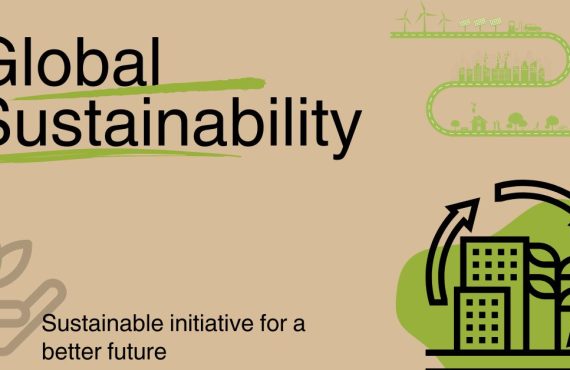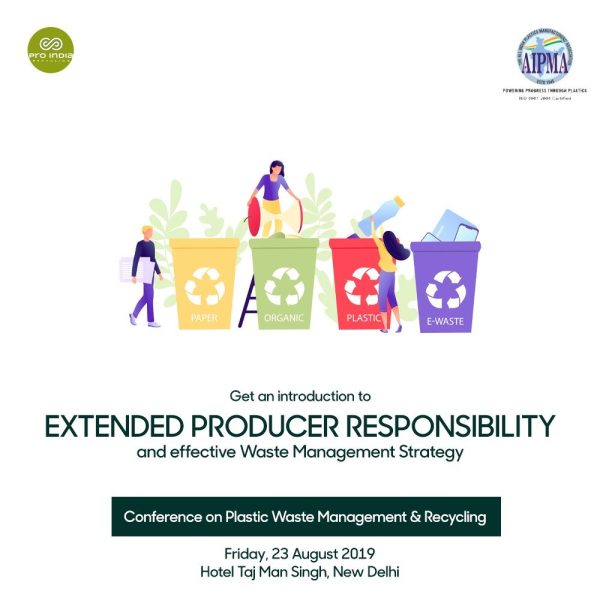Introduction
In today’s business landscape, sustainability has become more than just a buzzword—it’s a competitive advantage. Consumers demand eco-friendly products, investors prioritise companies with strong Environmental, Social, and Governance (ESG) commitments, and regulators tighten their grip on corporate sustainability reporting. But with the rise of green claims comes the risk of greenwashing—when companies exaggerate or fabricate their environmental credentials to mislead stakeholders. So, how can we differentiate genuine corporate sustainability from deceptive marketing?
The Rise of Greenwashing
Greenwashing occurs when businesses misrepresent their environmental efforts, either by overstating sustainability initiatives or masking their true environmental impact. This phenomenon is particularly concerning as it erodes trust, misleads consumers, and diverts attention from meaningful climate action. Some common greenwashing tactics include:
- Vague or Misleading Claims: Terms like “eco-friendly” or “natural” with no verifiable proof.
- Irrelevant Certifications: Highlighting green credentials that do not significantly impact sustainability.
- Hidden Trade-Offs: Promoting one positive aspect while ignoring larger environmental issues.
- Lack of Transparency: Failing to provide credible data to support claims.
Regulatory Crackdown on Greenwashing
Governments and regulatory bodies worldwide are increasing scrutiny on sustainability claims. Key developments include:
- The European Union’s Green Claims Directive, which requires companies to substantiate environmental claims with scientific evidence.
- The UK’s Green Claims Code, ensuring that sustainability messaging is truthful and not misleading.
- The US Securities and Exchange Commission (SEC), which is actively investigating ESG misrepresentation in financial markets.
Companies found guilty of greenwashing face legal penalties, repetitional damage, and loss of consumer trust. Several major brands have already been subject to lawsuits and regulatory action for misleading sustainability statements.
How to Identify Genuine Sustainability Efforts
With corporate sustainability claims under the microscope, here’s how businesses can demonstrate authentic environmental responsibility:
- Commit to Transparency: Provide verifiable data on sustainability efforts, with independent third-party audits.
- Follow Standardised ESG Reporting: Align with global frameworks like the Global Reporting Initiative (GRI) and the Task Force on Climate-Related Financial Disclosures (TCFD).
- Avoid Misleading Marketing: Clearly define sustainability claims with supporting evidence.
- Implement Circular Economy Practices: Reduce waste, improve resource efficiency, and promote sustainable supply chains.
- Engage Stakeholders Honestly: Foster open dialogue with consumers, investors, and regulators about sustainability goals and challenges.
The Future of Corporate Sustainability
Authentic sustainability is no longer optional—it’s a business imperative. Organisations that integrate ESG into their core strategies, rather than using it as a marketing tool, will emerge as leaders in the green economy. Consumers, investors, and regulators are demanding accountability, and companies that fail to adapt risk being left behind.
By prioritising integrity over optics, businesses can ensure their sustainability efforts create real impact rather than being dismissed as another corporate scam.
Reference




